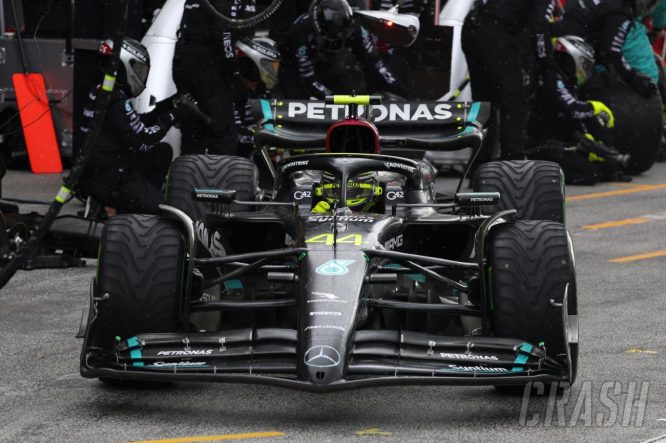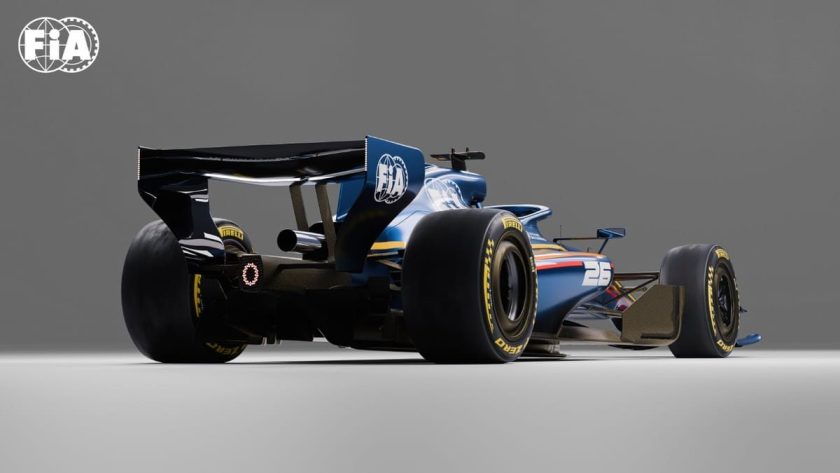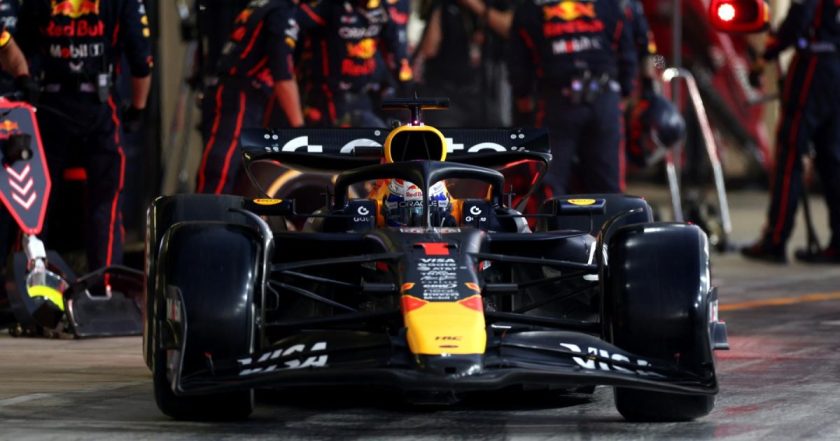P1racenews AI automatic summary:
Details emerge of new rear wing upgrade for Mercedes at F1 Italian Grand Prix
The car has been equipped with a small chord upper rear wing and a small chord beam wing specifically designed to reduce drag and downforce for low drag circuits.
The front wing flap trailing edge has been trimmed to reduce load and maintain balance required for the expected rear wing level, while still meeting geometric requirements.
The rear wing flap trailing edge has also been trimmed to reduce relative load and drag, specifically to suit the requirements of the Monza circuit.
The top and lower rear wing profiles have been depowered to adapt to Monza’s layout and efficiency requirements, resulting in reduced drag and downforce.
The front wing flap design has been depowered to provide the necessary balance range and downforce level anticipated for Monza.
The beam wing has been fitted with a packer to give a revised profile and reduce drag and downforce, suitable for the low downforce configuration of Monza.
The front wing flap shape has been altered to efficiently reduce front wing loading and balance with the low downforce rear wing options at this track.
A new front corner brake duct scoop geometry has been introduced to improve flow conditioning and increase aerodynamic load while maintaining sufficient brake cooling performance.
The lower drag flap assembly with two trim options has been introduced to reduce flap loading, downforce, and drag of the rear wing assembly.
The modified rear wing endplate with a different sideview shape reduces rear wing mainplane loading and efficiently decreases aerodynamic drag and load.
A new lower drag rear wing assembly with an offloaded mainplane and flap has been introduced to significantly reduce downforce and drag.
The rear corner winglet arrangement has been revised to reduce aerodynamic load and drag specifically for the Monza circuit.
The main plane and endplates of the rear wing have different profiles to minimize drag and respond to the unique characteristics of the Monza circuit.
Local load and aerodynamic performance at the front corner have also been addressed, but the details were not provided.
Source: Crash.net






